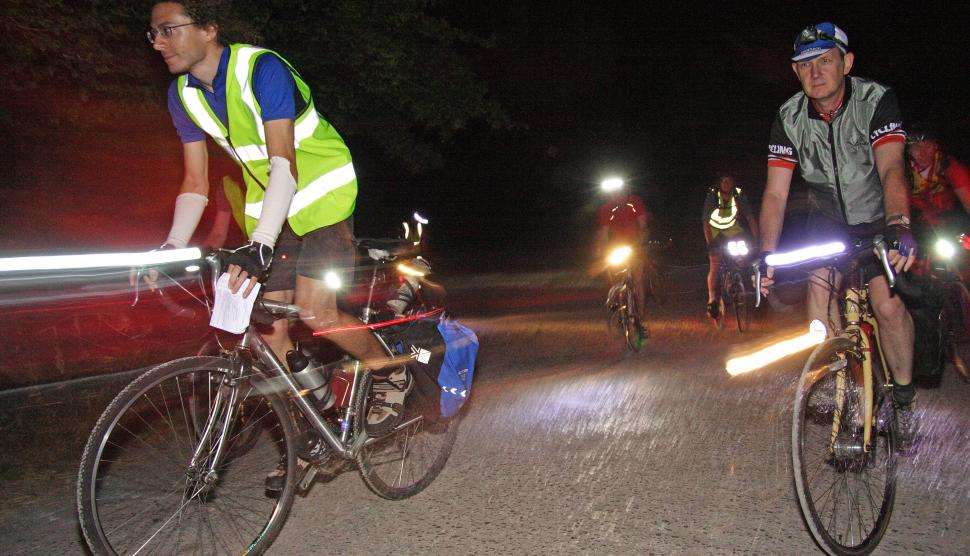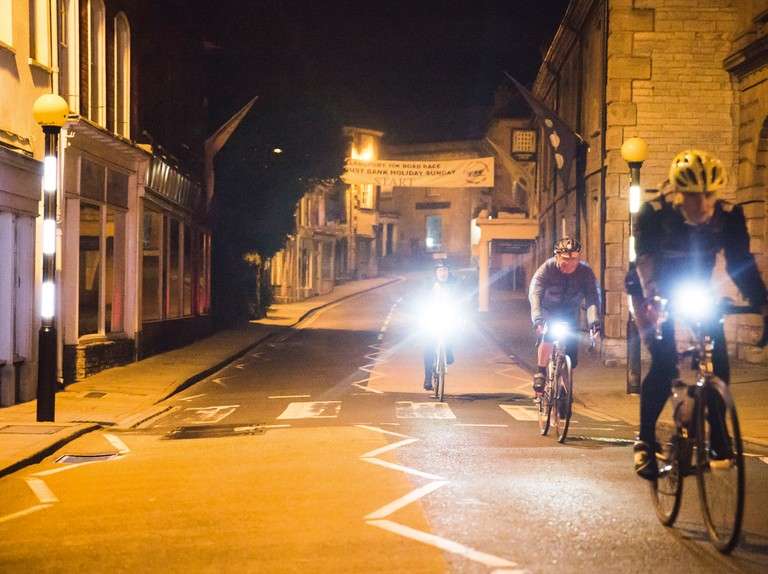How to Cycle Safely at Night
Cycling at night can be an enjoyable and exhilarating experience, but it also comes with its own set of unique challenges. As visibility decreases, the risk of accidents increases, making it crucial for cyclists to take extra precautions. In this article, we will outline some essential safety tips to help you navigate the dark and ensure a secure night ride.

Ensure proper lighting and visibility
A key aspect of cycling safely at night is making sure you are visible to others on the road. Equip your bike with a bright, white front light and a red rear light, which are legally required in many places. In addition, consider adding spoke lights or wheel reflectors to enhance side visibility. Don’t forget to wear reflective clothing or accessories, such as a reflective vest, to further increase your visibility to motorists.
Choose the right route
Planning your route beforehand is essential when cycling at night. Stick to well-lit streets and bike paths whenever possible, and avoid poorly-lit areas or roads with heavy traffic. Familiarize yourself with the terrain and potential hazards along the way. If you’re unsure about the safety of a particular route, consider joining a local cycling group or asking experienced night riders for advice.

Adjust your speed and braking distance
Reduced visibility at night means you need to be extra cautious about your speed. Slow down, especially when approaching intersections or areas with potential hazards. Be prepared for sudden stops, and give yourself enough space to react to obstacles or unexpected events. Keep in mind that your braking distance increases in wet conditions, so be extra cautious when cycling in the rain.
Enhance your bike handling skills
Before venturing out for a night ride, make sure you’re comfortable with your bike handling skills. Practice riding in low-light conditions to familiarize yourself with the challenges you might face, such as reduced depth perception and difficulty seeing road markings. Focus on improving your balance, steering, and braking to ensure a smoother and safer ride.
Regularly inspect and maintain your bike
Proper bike maintenance is crucial for safe night cycling. Inspect your bike regularly to ensure all components are in good working order. Pay particular attention to your brakes, tires, and lights. Replace any worn or damaged parts promptly to avoid accidents or breakdowns during your ride.
Stay alert and focused
Staying alert and focused is essential when cycling at night. Keep distractions to a minimum – avoid using headphones or looking at your phone while riding. Be extra cautious at intersections and when crossing roads, as motorists might not see you as easily. Keep an eye out for potential hazards such as potholes, debris, or pedestrians, and always be prepared to react quickly.
Ride with a buddy or in a group
Cycling with a friend or in a group not only increases your visibility, but also provides added safety and support in case of emergencies. Riding with others can also make the experience more enjoyable and help you stay motivated. If you’re new to night cycling, joining a local cycling group is a great way to get started and learn from experienced riders.
Cycling at night can be a rewarding and thrilling experience, but it requires extra vigilance and preparation. By following the safety tips outlined in this article, you’ll be well on your way to navigating the darkness with confidence and enjoying a safe and secure night ride. So, gear up, light up, and take to the streets as the sun sets, knowing you’re well-prepared for a fantastic nocturnal adventure.





